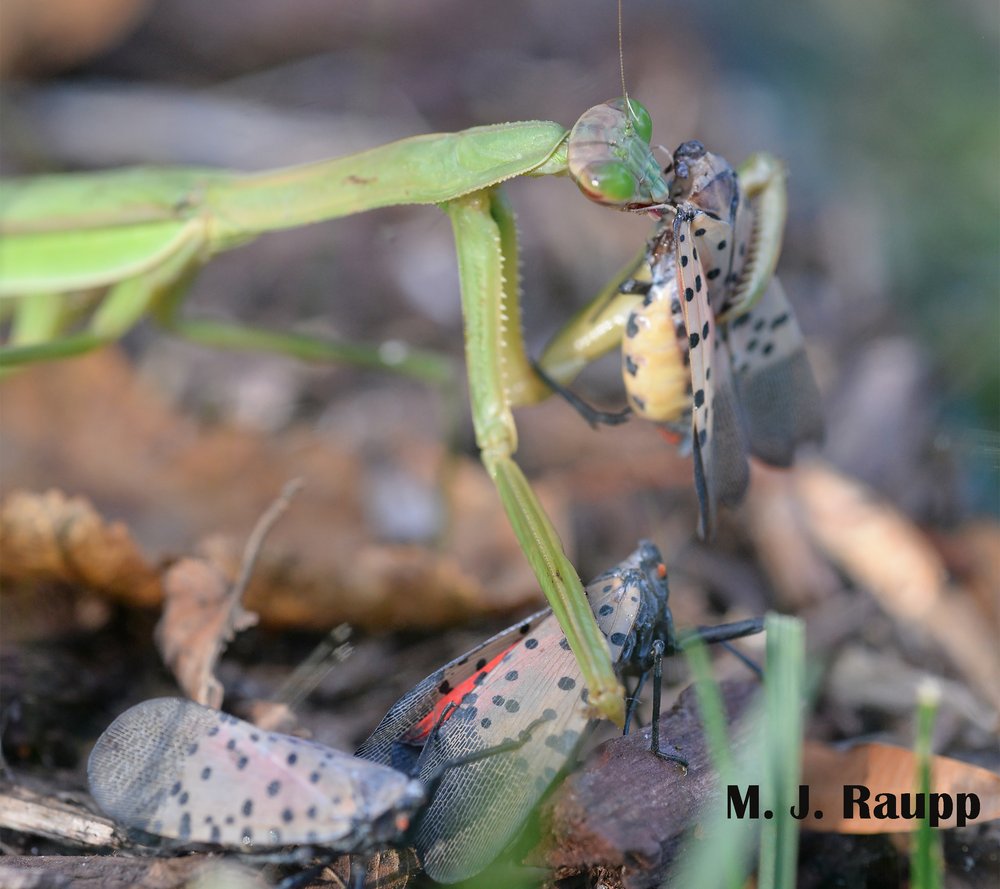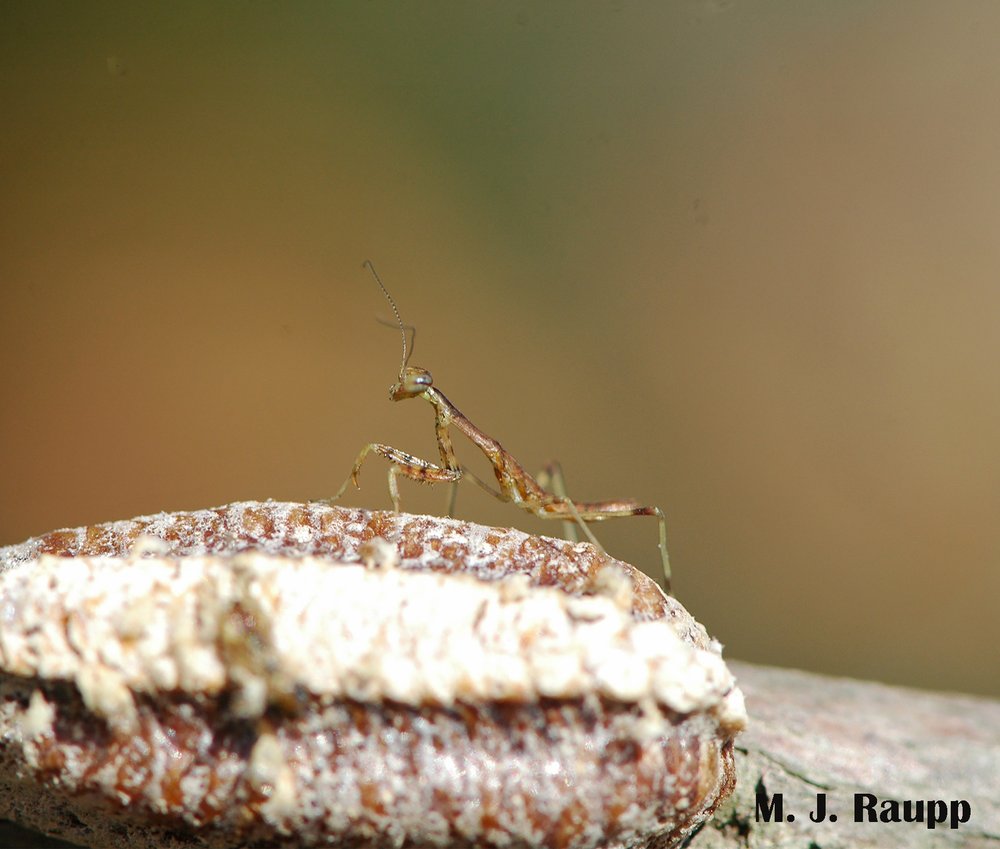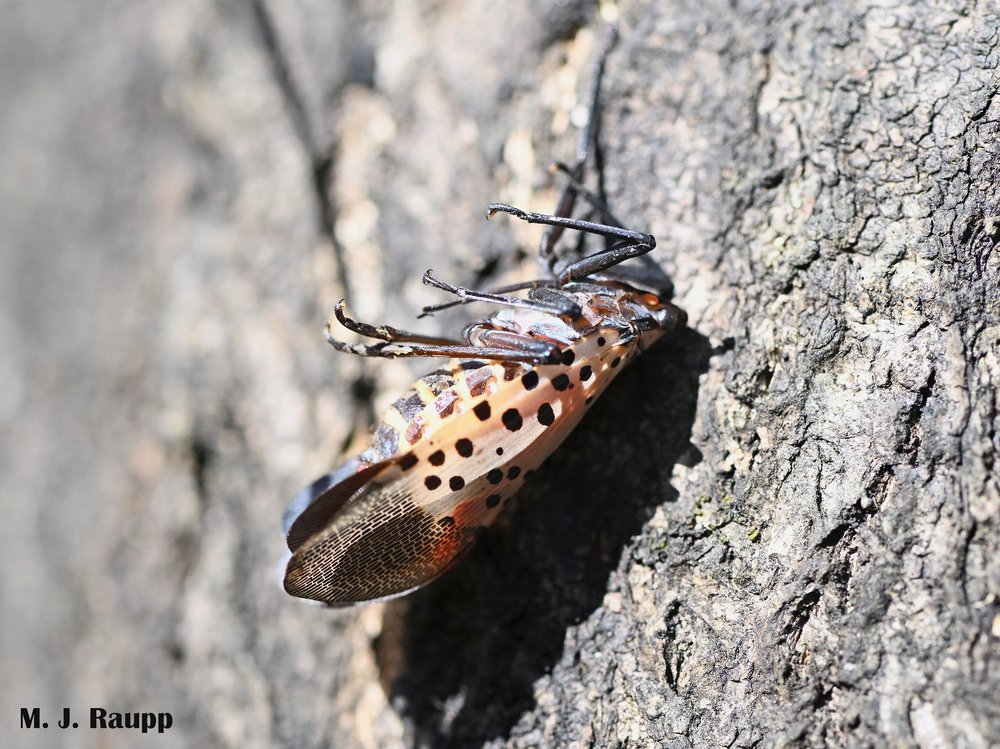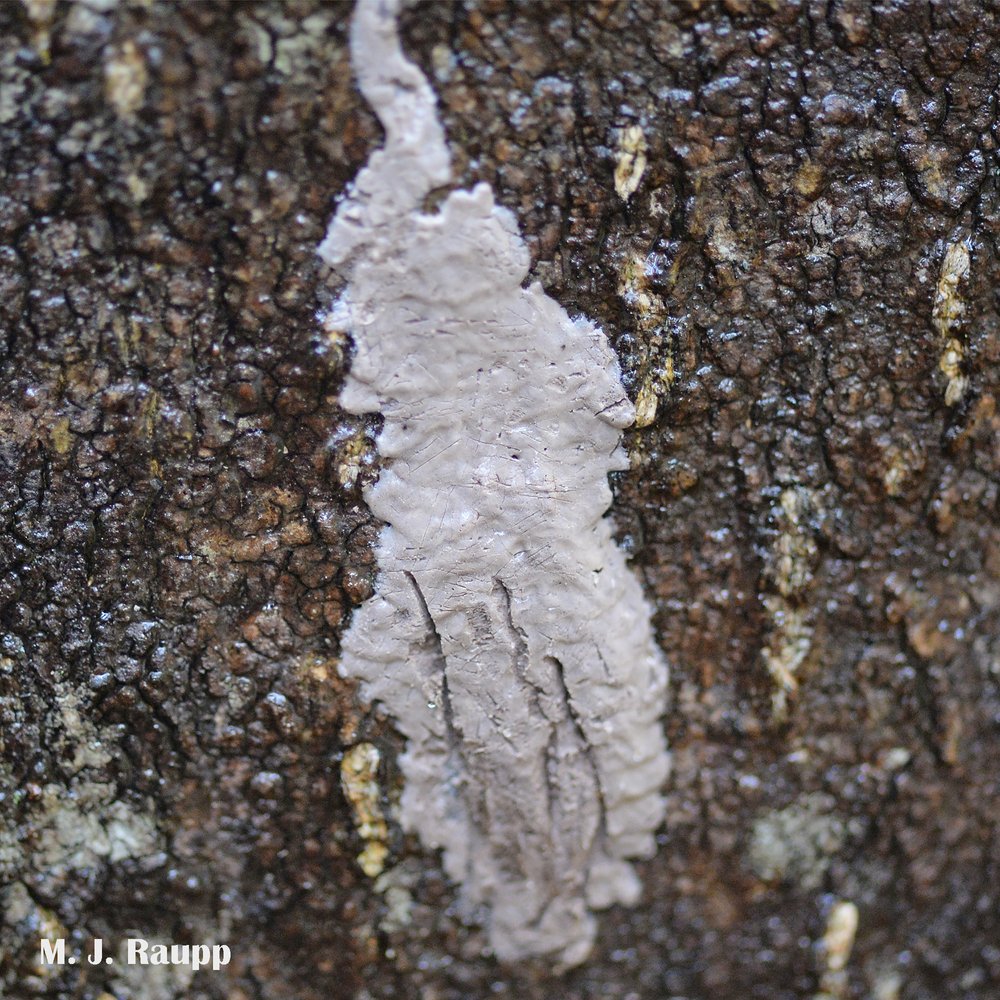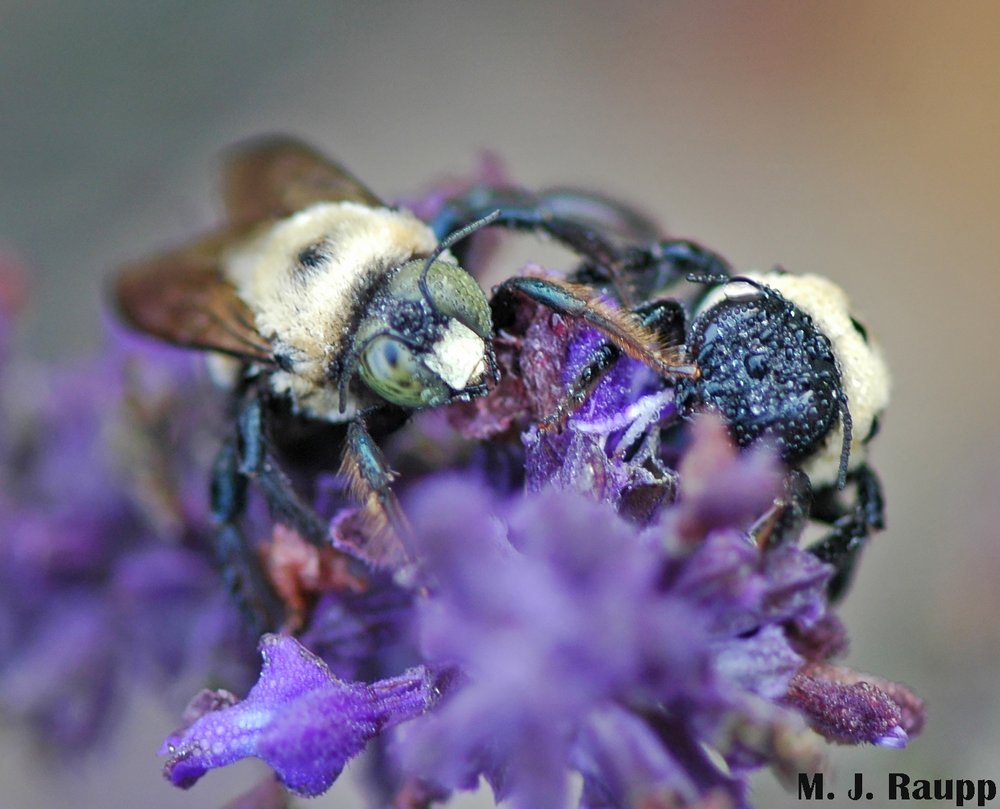Pest Control for Pets: Keeping Your Furry Friends Safe
You love your pets, and you know it’s important to keep them safe from pests and parasites. A 2023 report revealed that more than 86 million homes in the United States include pets, with dogs and cats among the most prevalent residents. Love for our furry friends brings us comfort and joy, but keeping them safe and healthy requires a comprehensive approach to pet safety and health.
That approach goes beyond choosing the right food. All too often, pest control is overlooked in the conversation about pet safety. However, it’s an essential part of guarding the well-being of your beloved pets and maintaining a comfortable home that all the residents enjoy.
Catseye Pest Control has been providing safe pest control methods for decades, and that gives us unique insight into the dangers that families and pets may face. Let’s explore the risks and how to handle them in more detail.
Understanding the Dangers
Fleas and ticks are among the most commonly discussed dangers that pets face, but pet owners actually have more to consider. Pests of all types, including fleas, ticks, mosquitoes, other indoor pests, and rodents, can carry pathogens that cause diseases. Common pest-borne illnesses include heartworms, rabies, Lyme disease, and other dangerous conditions.
The risks vary depending on the type of pests involved. That’s why a well-rounded strategy for keeping your pets and your home pest-free is so important.
Fleas and Ticks
Your pet’s fur is an ideal spot for these tiny pests to nestle in and grab a meal. Fleas can be picked up by pets outdoors or inadvertently brought inside by humans on clothing and other items. Your pet may encounter ticks just about anywhere outdoors, including wooded areas, debris piles, and tall, grassy areas.
Fleas and ticks both feed on blood, consuming up to 15 times their own body weight in blood. Due to their small size, puppies and kittens have a higher risk of developing anemia from blood loss. This condition is characterized by a lack of energy caused by a drop in red blood cells.
Additionally, fleas and ticks can both cause excessive itching and allergic reactions. Tick bites can transmit dangerous conditions like Lyme disease, which can cause fever and joint pain. Signs of these pests include:
Fleas: Look for dark specks (droppings or live fleas) or white specks (eggs) in your pet’s fur. Other signs may include excessive licking and scratching, scabs, and hot spots.
Ticks: Spotted by feel or sight, these tiny pests grow larger after feeding. They attach most frequently around cats’ eyes and ears. On dogs, you might find them on your pet’s paws, ears, head, or neck.
Prompt removal and treatment is essential. Additionally, professional flea removal can restore your peace of mind, ensuring that your home is flea-free as quickly and safely as possible.
Mosquitoes
Mosquitoes bug more than just humans. Female mosquitoes bite humans and animals to feed on their blood. In doing so, they can spread germs to their hosts, including viruses and parasites. One of the primary concerns for pets is the transmission of heartworms. This serious condition can affect pets’ heart, lungs, and blood vessels. It impacts ferrets and other animals as well as dogs and cats. Symptoms may include:
- Persistent cough
- Decrease in appetite
- Increased fatigue
- Unwillingness to engage in exercise
Indoor Pests
Other indoor pests can carry fleas, ticks, and mites inside with them. Some, like stinkbugs, can cause digestive problems if your pet snacks on them. Insects to watch out for include the following:
- Cockroaches typically stay away from pets but may contaminate surfaces and pet food, which can expose your furry friend to dangerous viruses and bacteria.
- Spiders may pack a venomous bite, which can cause pets’ neuromuscular damage.
- Ants have been known to bite pets, potentially causing allergic reactions and skin irritation.
- Bed bugs can also be problematic, hiding in mattresses, pet bedding, and other areas and feeding on pets, causing itchy welts.

Rodents
Rodents are a widespread pest problem affecting millions of homes every year. Like other indoor pests, mice, rats, and other wild rodents can bring parasites, fleas, and ticks into your home. They can also expose people and pets to dangerous germs through contact with live rodents, droppings, and their saliva. This includes conditions like toxoplasmosis, which can affect the gastrointestinal and nervous systems.
Safe Pest Control Methods
Now that you’ve got a better idea of the dangers that pests pose to your pet’s safety, the need for effective pest control is clear. Five effective pest control methods for pets include:
Regular Grooming
Routine grooming, including brushing your pet, trimming its nails, and bathing it frequently, has many benefits. It decreases shedding and provides an excellent opportunity to check your pets for pests like ticks and fleas.
Preventative Medication
Consult your veterinarian to determine the best options for your pets. Flea, tick, and heartworm preventatives come in various forms, including collars, oral medications, and topical treatments. There is not a one-size-fits-all treatment option. Ask your vet questions about what to do in case of a reaction and how long it takes for the medication to become effective.
Indoor Pest Control
Practicing preventive methods can provide safe and effective indoor pest control. The United States Environmental Protection Agency (EPA) recommends trying these types of methods first. This includes taking actions such as:
- Promptly picking up pet food after feeding
- Storing all food in pest-proof containers
- Placing garbage in tightly lidded receptacles and taking it out regularly
- Fixing plumbing leaks
- Eliminating clutter
Seal Entry Points
You can’t always avoid accidentally bringing pests inside your home. However, you can reduce the odds that they enter your home by inspecting your property and closing off gaps, cracks, and openings to provide some protection. Taking it to the next level, Cat-Guard Wildlife and Rodent Exclusion Systems provide a permanent barrier to protect key areas and provide chemical-free, humane, long-term results.

Professional Pest Control
You may find pet-safe DIY pest control products for pets in Connecticut, Rhode Island, Massachusetts, and New Hampshire. However, many pests are challenging to thoroughly eliminate on your own. When it comes to pet safety (and humans, too), rely on pet safe pest control from Catseye. We have decades of experience and a commitment to using innovative, safe, and effective treatments that get results.
Safe Pest Control for Cats
Relying on professionals is the safest path you can take. However, you may also explore some cat-safe pest control options.
Indoor Cats and Outdoor Cats
Routinely check your cat’s coat, ears, and paws for evidence of pests. Keep an eye out for excessive itching, skin irritations, or any changes in behavior that may indicate a pest-borne illness. Read all labels of products you choose for use indoors and outside. Cats are susceptible to poisoning from chemicals like organophosphate and carbamate. If your cat is exposed, signs of toxicity include:
- Vomiting
- Diarrhea
- Fever
- Loss of appetite
- Copious salivation
- Muscle tremors
- Increased heart rate
Catnip and Herbs
Cat-friendly plants can safely help repel insects, keeping your cats and home safer. Examples include catnip, lemon balm, basil, and oregano. Avoid using lavender, which is often included in natural repellent recommendations, because it can be toxic to cats.
Safe Pest Control for Dogs
It’s critical to consult your veterinarian to determine the best ways to keep your pooch safe. A few ideas include the following.
Frequent Walks
Man’s best friend often requires routine physical activity. Some of the ways to protect your dog during walks include:
- Avoiding areas with standing water, which can be a haven for mosquitoes.
- Using a dog-friendly insect repellent applied to a bandana.
- Keeping your dog on a leash to prevent them from getting into nests or fire ant mounds
- Talking to your vet about preventatives that protect against parasites, mosquitoes, fleas, and ticks
Regular Inspections
Routinely inspecting your dog for fleas, ticks, and other pests can help eliminate problems before they have a chance to do serious damage. After walks, hikes, or playing outside, be sure to inspect your dog. Pay particular attention to their paws, head, ears, and belly.
Contact Catseye for Safe Pest Control Methods You Can Rely On
Catseye has decades of experience in pest control, giving us unique insight into some of the safest measures available. Pest control for pets is possible when you work with a partner who prioritizes pet safety along with the safety of humans and the environment. Best of all, our methods are efficient, effective, and customized to your unique needs.
Contact us to schedule your free inspection today.
The post Pest Control for Pets: Keeping Your Furry Friends Safe appeared first on Catseye Pest Control.
This article appeared first on Catseye Pest
